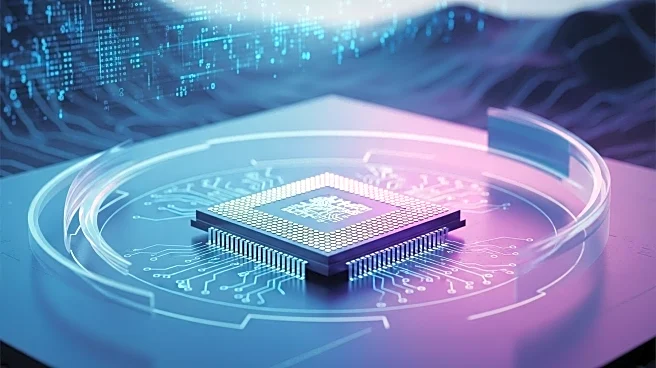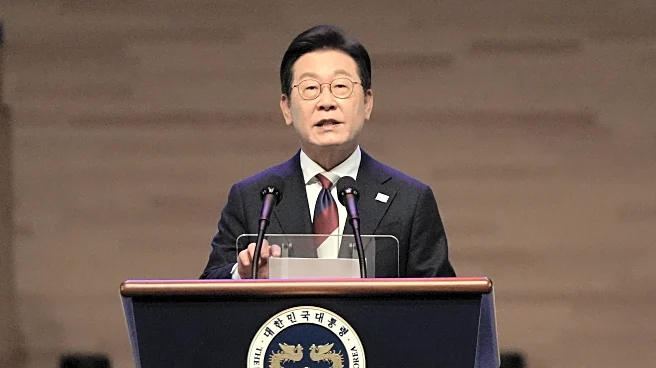What is the story about?
What's Happening?
Silicon Valley leaders, including venture-capital firm Andreessen Horowitz and OpenAI President Greg Brockman, are channeling over $100 million into a network of political-action committees (PACs) named 'Leading the Future'. This initiative is designed to advocate for AI-friendly regulations in the upcoming US midterm elections. The PACs aim to use campaign donations and digital advertising to counter candidates who may support stringent AI regulations. This move follows a previous unsuccessful attempt to establish a 10-year moratorium on state-level AI regulations. The pro-AI PACs seek to prevent a fragmented regulatory environment in the US, which industry leaders believe could stifle innovation and reduce competitiveness against China. The strategy is similar to that of the pro-crypto PAC network Fairshake, which has previously supported political candidates successfully.
Why It's Important?
The involvement of Silicon Valley in political advocacy through PACs highlights the tech industry's growing influence in shaping public policy, particularly concerning AI regulations. By investing heavily in political campaigns, these tech leaders aim to ensure a regulatory environment that fosters innovation and maintains the US's competitive edge in AI technology. This could have significant implications for the tech industry, potentially leading to more favorable policies that encourage growth and development. However, it also raises questions about the power of corporate money in politics and the potential for tech companies to sway regulatory decisions in their favor, which could impact public trust and the balance of power in policymaking.
What's Next?
As the midterm elections approach, the activities of these pro-AI PACs are likely to intensify, with increased campaign contributions and strategic advertising efforts. Political candidates may face pressure to align with AI-friendly policies to secure support from these influential PACs. The outcome of the elections could significantly impact the future regulatory landscape for AI in the US. Stakeholders, including policymakers, tech companies, and civil society groups, will be closely monitoring the influence of these PACs and the potential shifts in AI regulation that may result.
AI Generated Content
Do you find this article useful?












